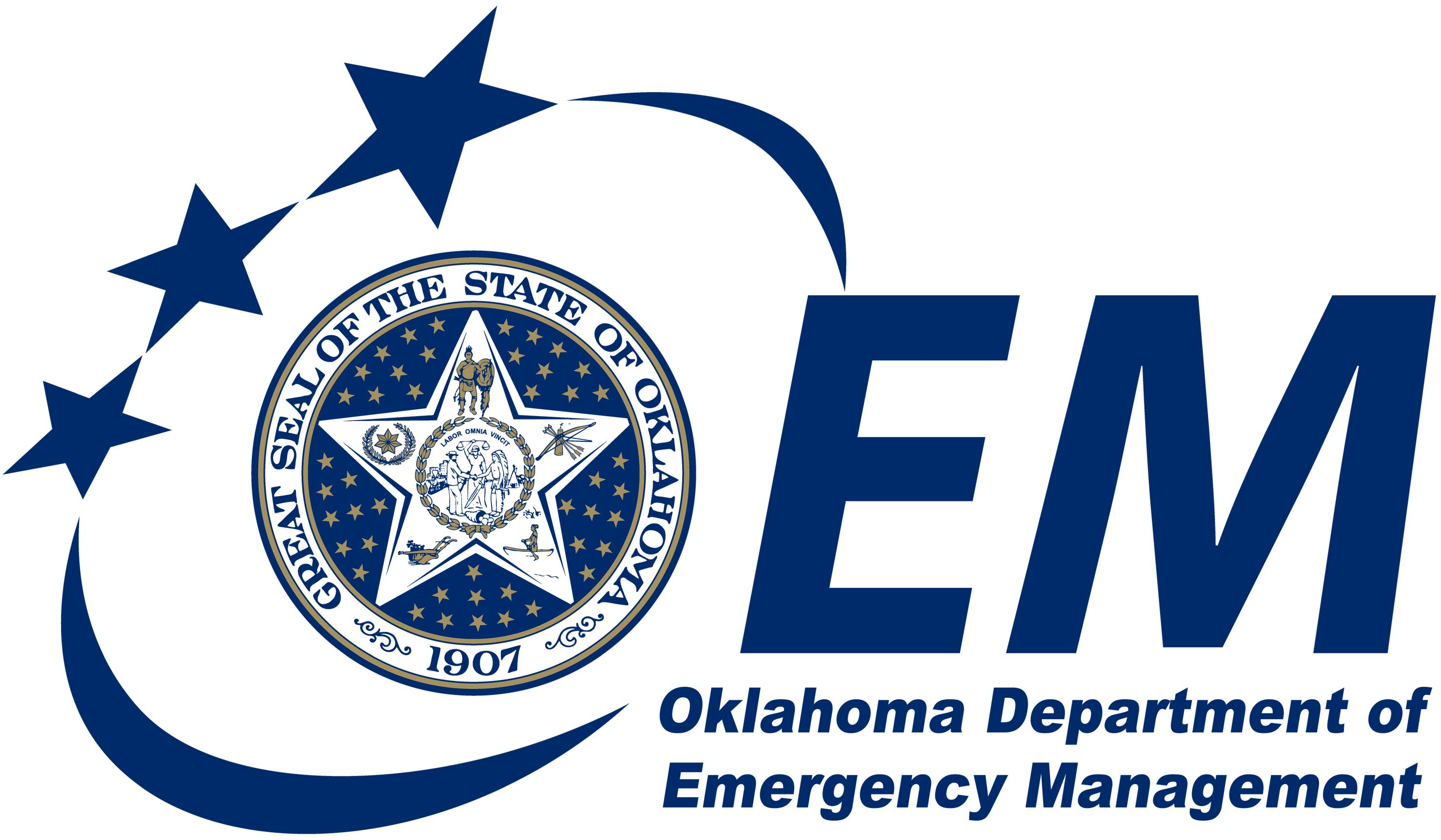With severe storm season quickly approaching, communities across Oklahoma will join in recognizing emergency managers at the city, county, state, and tribal levels during Emergency Management Week, April 8-14, 2018.
Since 2007 alone, Oklahoma emergency managers have worked to respond to and recover from 38 presidential disaster declarations representing more than $640 million in infrastructure damage and millions more in private property damage caused by ice and snow storms, tornadoes, flooding, and other severe weather.
Oklahoma’s disaster history stands as a reminder of the trying conditions that can be delivered by natural and man-made emergencies, explained Oklahoma Department of Emergency Management (OEM) Director Albert Ashwood. “With each disaster that occurs, Oklahoma emergency managers are called upon to work around the clock doing what they do best – supporting response and recovery efforts by coordinating the delivery of vital resources,” said Ashwood.
Emergency managers exist at the federal level through the Federal Emergency Management Agency (FEMA), at the state level through OEM, and at the local level representing municipalities and counties. Many tribal nations also have emergency managers. Today’s emergency managers are often yesterday’s civil defense workers. Emergency managers support response and recovery efforts during disaster times by working, often behind the scenes, to coordinate the identification, deployment and use of needed resources by police, fire, emergency medical and other first responders. In recent years, emergency managers helped Oklahomans during tornadoes, ice storms, wildfires, floods, hazardous materials incidents, drought conditions, and other emergency situations.
Emergency managers also work year around to prevent and decrease the effects of disasters through mitigation projects. Since 1990, more than $200 million in mitigation funds have provided residential and school safe rooms, outdoor warning systems, acquisition of repetitive loss properties, community hazard mitigation plans, and NOAA all hazard weather radios.


